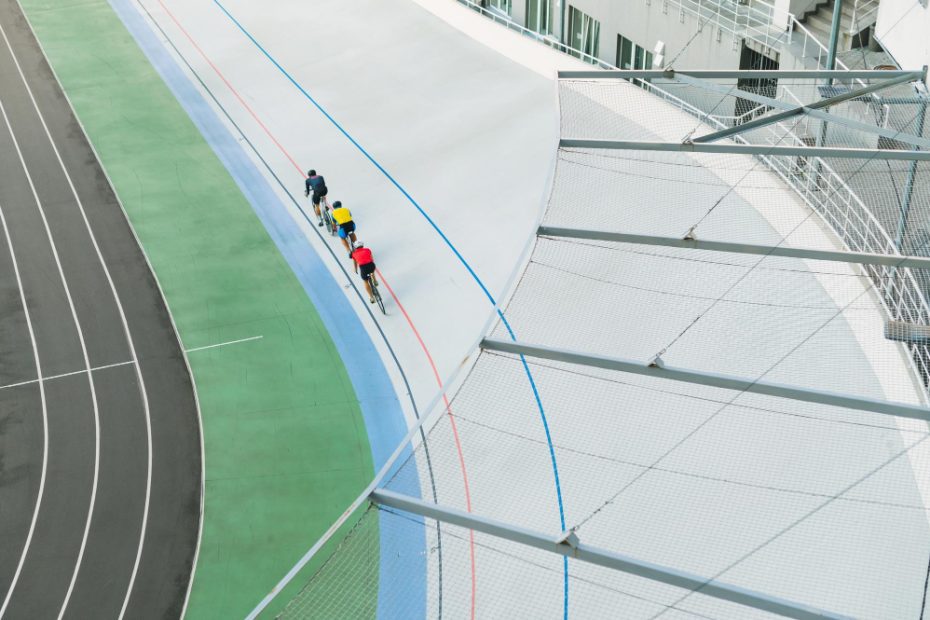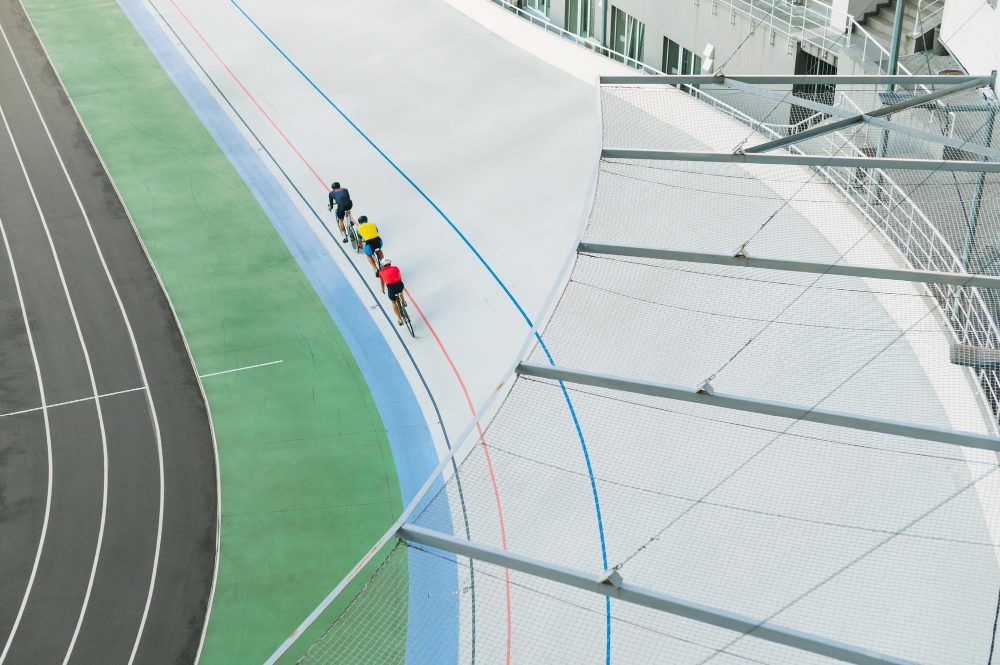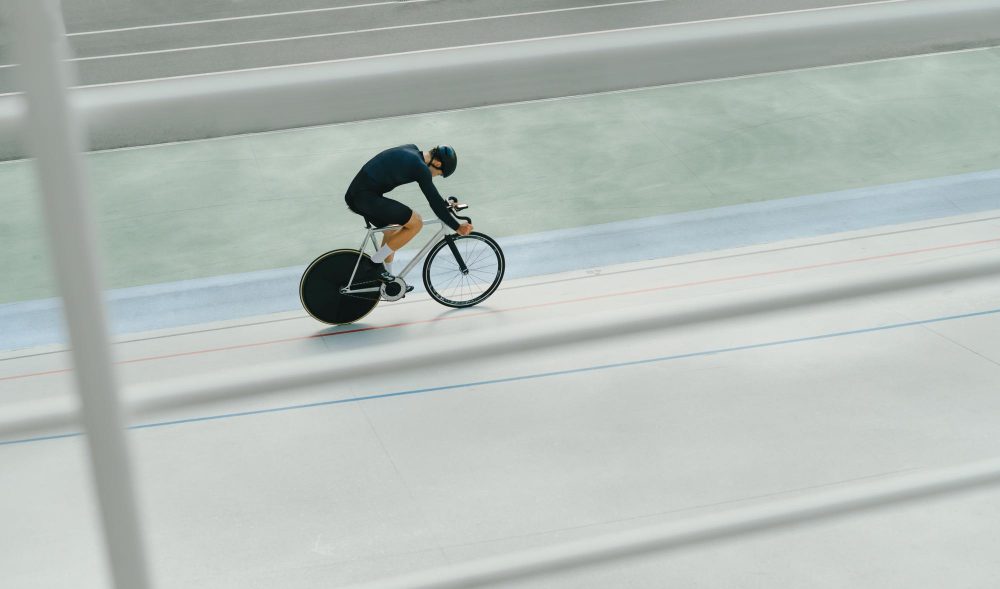Stade Vélodrome: A Spectacular Transformation Before and After
The Stade Vélodrome, located in the vibrant city of Marseille, is one of France’s most iconic sports venues. Home to the renowned football club Olympique de Marseille, the stadium has been witness to countless thrilling matches and unforgettable moments throughout its rich history. In recent years, however, the Stade Vélodrome underwent a remarkable transformation that elevated it to new heights, both in terms of architectural design and fan experience.
The Pre-Renovation Era
Before delving into the details of the stadium’s stunning refurbishment, it is crucial to understand the state of the Stade Vélodrome before this significant overhaul. Originally constructed in 1937, the stadium had a more traditional and functional design reflecting the architectural styles of that era. Over time, some minor renovations were undertaken, but the stadium still lacked modern facilities and amenities that fans have come to expect in a world-class sporting venue.
While the Stade Vélodrome retained its historic charm, it suffered from limited seating capacity and outdated infrastructure. The lack of comfort, accessibility, and technology posed challenges for supporters attending matches. Moreover, the stadium’s appearance did not match the vibrant and dynamic spirit of the city it represented.
A New Vision: The Redevelopment Plan
Recognizing the need for a significant transformation, Olympique de Marseille, in collaboration with local authorities, embarked on an ambitious redevelopment plan for the Stade Vélodrome. The aim was to create a modern, multi-purpose stadium that would not only be a source of pride for the residents of Marseille but also meet the highest international standards.
The renovation plan focused on various aspects, including expanding seating capacity, improving infrastructure, enhancing spectator comfort, and incorporating innovative features. The design concept aimed to preserve the stadium’s history while infusing it with a contemporary twist that reflected the city’s dynamic character.
A Grand Makeover: The Transformation Unveiled
The revamped Stade Vélodrome was unveiled in 2014, and the transformation was nothing short of spectacular. The most apparent change was the expansion of seating capacity from approximately 60,000 to over 67,000, making it the third-largest stadium in France.
The exterior design of the stadium underwent a remarkable facelift, featuring a sleek and modern look that symbolized the spirit of Marseille. The LED lighting system illuminates the stadium in the club’s iconic colors, creating a striking visual effect both during matches and when viewed from a distance.
Inside, fans were treated to a host of new amenities and improved facilities. The redevelopment plan included the addition of state-of-the-art corporate boxes, VIP lounges, and luxurious hospitality areas, allowing spectators to enjoy matches in utmost comfort and style. Enhanced accessibility features, such as ramps and dedicated seating for people with disabilities, were also incorporated to ensure an inclusive environment for all supporters.
An Unforgettable Matchday Experience
The Stade Vélodrome’s transformation went beyond mere aesthetics, focusing on enhancing the overall matchday experience for fans. The installation of a cutting-edge sound system, high-definition video screens, and advanced pitch lighting technology elevated the atmosphere within the stadium, creating a truly immersive experience for supporters.
To further engage the crowd, a new fan zone, complete with food and beverage outlets, interactive activities, and live entertainment, was introduced. This designated area encourages fans to come early and stay late, fostering a sense of community and excitement among supporters.
The Economic Impact
The revitalization of the Stade Vélodrome not only brought significant improvements to the facility and spectator experience but also had a substantial economic impact on the city of Marseille. The increased seating capacity allowed for larger crowds, attracting more tourists and generating revenue for local businesses and hospitality establishments.
Furthermore, the modernized stadium has transformed Marseille into a desirable destination for major sporting events and international competitions. This, in turn, has positioned the city as a hub for sports tourism, bolstering its reputation and bringing economic benefits to the entire region.
“The redevelopment of the Stade Vélodrome has not only rejuvenated the stadium but also contributed to the revitalization of our city. It has become an architectural masterpiece that showcases the unique character of Marseille.” – Mayor of Marseille
A Legacy for the Future
The renovation of the Stade Vélodrome has undoubtedly left a lasting legacy for both Olympique de Marseille and the city it calls home. The modern infrastructure, combined with the enhanced fan experience, ensures that the stadium will continue to serve as an iconic venue for years to come.
The Stade Vélodrome stands as a shining example of how a historic sports facility can be successfully transformed into a world-class stadium without compromising its heritage. The redevelopment represents a fusion of tradition and modernity, creating an atmosphere that resonates with fans and inspires players alike.
As Marseille and its football club continue to evolve, the Stade Vélodrome’s transformation acts as a symbol of progress, unity, and the unwavering passion for sport. It has firmly established itself as a landmark destination, attracting visitors from around the world and cementing its place as one of Europe’s most remarkable stadiums.
In conclusion, the Stade Vélodrome’s astonishing metamorphosis serves as a testament to the power of visionary design and the importance of continually improving the fan experience. From its humble beginnings to its current grandeur, the stadium’s journey reflects a true commitment to excellence, leaving an indelible mark on the sporting landscape of Marseille and beyond.


